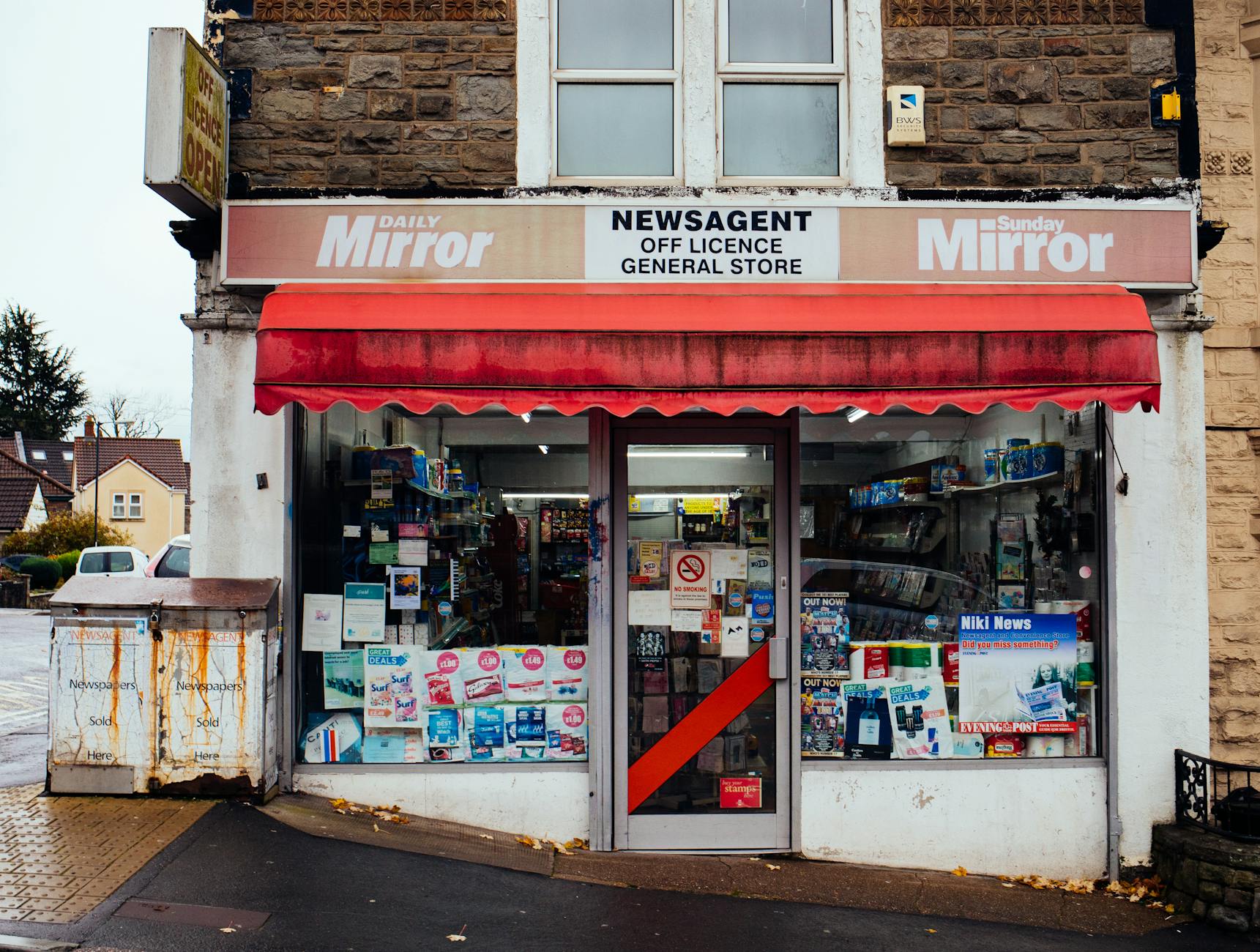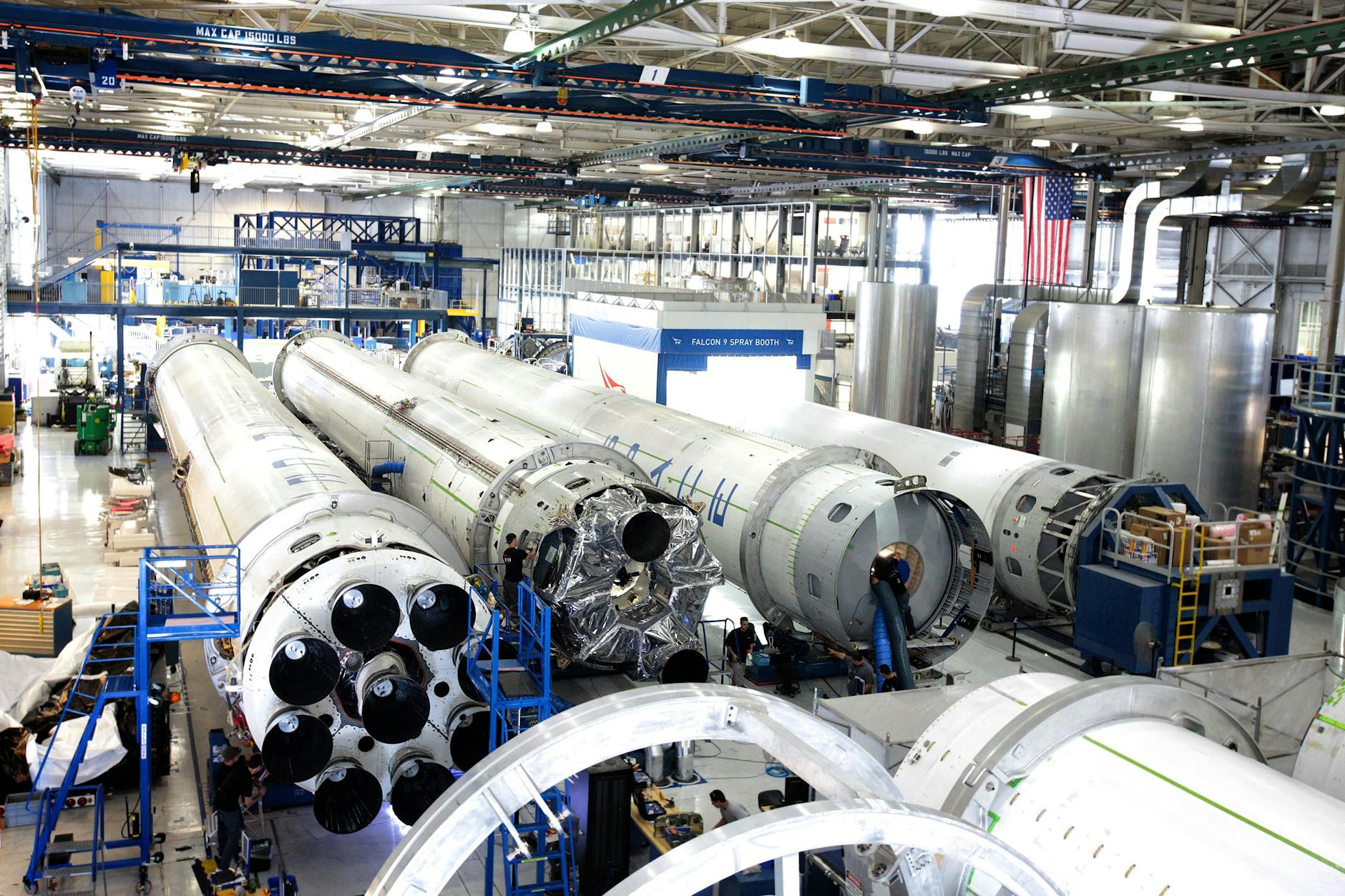How to Transform Educational Settings with Audio Equipment in Australia

Assessing Current Needs
Evaluating Classroom Acoustics
In the pursuit of quality education, it's critical to evaluate classroom acoustics meticulously. Understanding how sound behaves in different environments can significantly enhance learning outcomes. At the University of Sydney's educational research centers, various studies emphasize the importance of proper audio distribution, which allows students to better engage with content. Utilising tools like an induction loop or mesh radios can address uneven distributions and ensure that every corner of the classroom receives clear audio signals.
Identifying Audio Gaps
Proper identification of audio gaps in educational settings is paramount. Auditory deficits can impede learning and participation, making it crucial to conduct thorough assessments. Utilising innovative technologies in education, such as advanced home entertainment audio setups repurposed for academic use, can bridge these gaps. It’s essential to consult with faculty and students to gain insights into areas needing improvement, aligning with best implementation strategies found in professional workshops at UNSW.
Gathering Teacher and Student Input
Inviting teacher and student input is essential for a holistic view of audio challenges within schools. This collaborative approach often reveals insights that might otherwise be overlooked, ensuring the deployment of a system tailored to the user’s needs. Engaging in school conferences at the International Convention Centre Sydney can further provide educators with strategies and feedback mechanisms to effectively gather and implement this valuable input.
Selecting the Right Equipment
As we navigate the challenge of integrating advanced audio-visual technologies in educational settings, it's crucial to focus on choosing suitable tools that enhance both teaching and learning. One of the pivotal pieces of this puzzle is the professional microphone. These devices are essential to improving sound quality, ensuring that every student, regardless of seating position, can hear the lesson clearly. When attending professional workshops at UNSW, I've observed that high-quality microphones reduce vocal strain and make lessons more engaging for both teachers and students.
Another aspect to consider is the implementation of a hearing loop system. This system is particularly beneficial in supporting students with hearing impairments, allowing them to participate actively in classroom activities. By wirelessly transmitting audio directly to compatible hearing aids, it eliminates common barriers to learning.
In selecting audio solutions, educational research centers, like those at the University of Sydney, recommend focusing on user-friendly technologies that ensure seamless integration into the existing infrastructure. This means choosing equipment that offers comprehensive support and training for educators. By leveraging these resources, you can facilitate professional development, ensuring staff feel confident in using the new technology.
The key is to align these choices with the school's goals and budget, thus optimizing resource allocation and minimizing potential challenges. With proper planning, even financially constrained settings can make informed decisions that greatly benefit the educational environment.
Installation and Setup
Optimal Equipment Placement
Positioning audio equipment effectively is crucial for enhancing classroom experiences. Achieving the right balance ensures every student benefits from clear sound, whether in the front or back. Implementing ptz cameras in versatile locations, such as corners or ceiling mounts, offers expansive coverage for virtual learning scenarios. These flexible setups are particularly valuable for capturing dynamic teaching methods used at school conferences at the International Convention Centre Sydney, where showcasing innovative practices is key.
Wiring and Connectivity Tips
For seamless integration, ensure all connections adhere to industry standards. Use high-quality cables to prevent signal loss, and keep them organized to avoid tripping hazards. Considering the pivot towards hybrid learning, it is advantageous to connect equipment to a central hub. This approach simplifies the management of various devices during professional development seminars and supports the instructional strategies outlined by the University of Sydney's educational research centers.
Ensuring Safety and Accessibility
Incorporating safety with accessibility ensures the effectiveness of new implementations. Regularly inspect all installations to confirm they are secure and accessible, especially for disabled students. Factor in safety measures as part of initial planning rather than as afterthoughts, echoing best practices from professional workshops at UNSW. Properly executed, these strategies support an inclusive educational environment and empower educators and students alike.
Training and Development
Organizing Staff Workshops
As educators, we understand the importance of equipping our staff with the skills to embrace new technologies effectively. One practical strategy is to organize workshops similar to those held at UNSW professional workshops, which focus on hands-on learning. Conduct these at times that accommodate most teachers, ensuring attendance and maximum engagement. Include activities that simulate real classroom scenarios where they can navigate using advanced technologies like universal remote controls for audio-visual equipment.
Creating User-Friendly Manuals
Developing comprehensive yet simple-to-understand user manuals can significantly enhance technology uptake. Manuals should be crisp and visually engaging, perhaps mirroring those found in loudspeakers systems, which offer concise instructions. Focus on everyday tasks and common troubleshooting steps. Ensure that these guides are readily accessible—both in digital format and printed copies—for easy reference.
Peer Support and Continuous Learning
Encourage a culture of collaboration among staff that echoes the essence of the professional connections made at school conferences at the International Convention Centre Sydney. Create peer mentoring programs where more tech-savvy teachers can guide others, fostering a supportive learning environment. Implementing regular feedback sessions will further ensure continuous improvement and adaptation to new technologies in your school. Promote a shared vision of technological growth to inspire confidence and empowerment across your educational staff.
Prioritising Effective Maintenance
Scheduling Regular Check-Ups
To ensure our audio-visual systems continue delivering quality educational experiences, scheduling regular maintenance should be a priority. Much like the rigorous guidelines we follow for early childhood education Sydney, consistent check-ups are paramount. Collaborative efforts inspired by strategies shared at professional workshops at UNSW can provide insight into creating effective maintenance routines. By involving skilled technicians from respected establishments like the University of Sydney's educational research centers, we can align our practices with expert insights.
Establishing Equipment Protocols
Developing clear and concise guidelines for equipment use and care is essential. Drawing from the best practices outlined in school conferences at the International Convention Centre Sydney, setting up protocols ensures longevity and optimal performance. Simple measures, such as dust protection and ensuring proper storage, can drastically reduce performance issues. Furthermore, implementing a user feedback loop can catch minor inconveniences before they develop into major complications.
Incorporating Peer Monitoring
Empower staff by establishing peer monitoring and support systems. Just as peer learning enhances student understanding, educators sharing maintenance experiences enrich our collective knowledge. Encourage the exchange of practical tips and challenges faced, creating a culture of continuous improvement. This familiarity with equipment maintenance will naturally translate into smoother operation.
By embedding these maintenance principles within our educational framework, we cultivate an environment that enhances teaching and learning. By empowering educators through shared expertise and practical implementation strategies, we ensure the enduring success of our technological investments.


